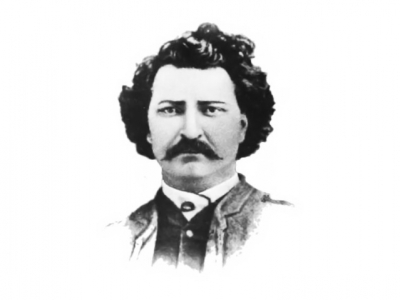Before heading onto the ice this winter, it is important to make sure it's thick enough. CKDM talked to Dr. Gordon Giesbrecht from the University of Manitoba, who has been nicknamed Professor Popsicle for his work studying the effects of extreme environments on the human body.
Prof. Popsicle has performed hundreds of cold water immersion studies and he gave us some tips on how to prepare before heading onto the ice.
"If you are unable to find local information you trust about ice thickness, you should drill holes as you move further from the shore."
According to Prof. Popsicle, you need at least four inches to walk on, at least six to snowmobile, and at least 8 to drive.
"When you are heading out onto the ice, you should always be prepared to fall in,"
-
If you're in a car you should undo your seatbelt and have the window open in case you fall through.
-
If you're snowmobiling, each snowmobile should have 20 to 50 feet of rope, so you can pull out anyone if they fall through.
-
While walking, if you fall through, you should figure out where the thickest ice is, early in the winter it will usually be back towards the shore.
-
Then you should put your arms on the ice and kick your feet until your body is horizontal to the ice, do not try to just pull yourself straight up.
-
Once you are horizontal to the ice, you can pull yourself onto it while kicking your feet to help.
-
Finally, roll yourself away from the hole before standing up to spread your weight out.
-
Through his work, Prof. Popsicle coined the 1-10-1 Principle meaning you have one minute to get control of your breathing, ten minutes of meaningful movement, and one hour before you become unconscious due to hypothermia.







